In the realm of horticulture, one practice stands out as essential for maintaining the health and vibrancy of your garden: deadheading.
How to Cut Back Agapanthus: Expert Advice
Agapanthus, a vibrant and hardy plant, is a prized feature in many home gardens and professional landscaping projects. Known for their striking flowers and lush foliage, they add a touch of elegance and tropical charm wherever they grow.
However, to ensure they always look their best, they need some skilful pruning now and then. This article will provide expert advice on how to cut back agapanthus effectively, helping you to keep your plants healthy and flourishing.

- When and Why to Cut Back Agapanthus
- Understanding Agapanthus’s Growth Pattern
- The Right Tools for Cutting Back Agapanthus
- How to Prune Agapanthus Plants: A Step-by-Step Guide
- Can You Cut Agapanthus to The Ground?
- Can You Cut Back Agapanthus Leaves and Dead Foliage?
- Do You Cut Agapanthus After Flowering? Early Spring to Autumn
- How Can You Remove Agapanthus From The Garden?
- Common Mistakes to Avoid When Cutting Back Agapanthus Plants
- Caring for Your Agapanthus Post-Pruning
- Weed Potential of Agapanthus
- Daniel’s Wrap
When and Why to Cut Back Agapanthus
Originating from South Africa, the Agapanthus genus is celebrated for its robustness, a trait resulting from evolutionary adaptations to harsh climates. This tough nature is evident in its ability to endure hard pruning, making it a great plant choice for both novice and seasoned gardeners.
Agapanthus varieties tend to all share similar needs with pruning, whatever size they are or the colour of their blooms. They have beautiful white, purple or blue flowers bunched together at the tip of a flower stalk in an umbrella shape, affectionately known as an “umbel”.
Though aggies can withstand an extremely hard cut, certain methods of pruning encourage a more aesthetically pleasing plant shape and more blooms than other methods of pruning. Often, pruning agapanthus is limited to cutting “dead heads” back at the base when the flowers die, and removing dead leaves at the base by hand.
This can be done at any time, though it’s best to remove dead heads before they go to seed, as soon as the flowers die in spring, summer or early to late autumn. Deadheading keeps the plants from spending energy on producing seeds and helps the plant produce extra blooms.
However, there are a range of reasons you might like to cut your agapanthus plant back hard, such as when they’ve become overgrown, or when you’d like to propagate your aggies to a different part of the garden. The best season to cut agapanthus back hard is early spring or late winter. Leaves in winter can protect rhizomes from rotting in the sun or the cool rain while insulating the roots against cold temperatures.
Plants with plant breeder’s rights (PBR) are prohibited from being propagated for commercial purposes; they may solely be cultivated for personal use. Horticultural establishments cultivate such specimens through specialised techniques, frequently involving tissue culture. Depending on your schedule and expenses, buying new plants could be an easier choice.
Before we discuss pruning methods further, let’s quickly learn about how these plants grow, and why we prune them the way that we do.
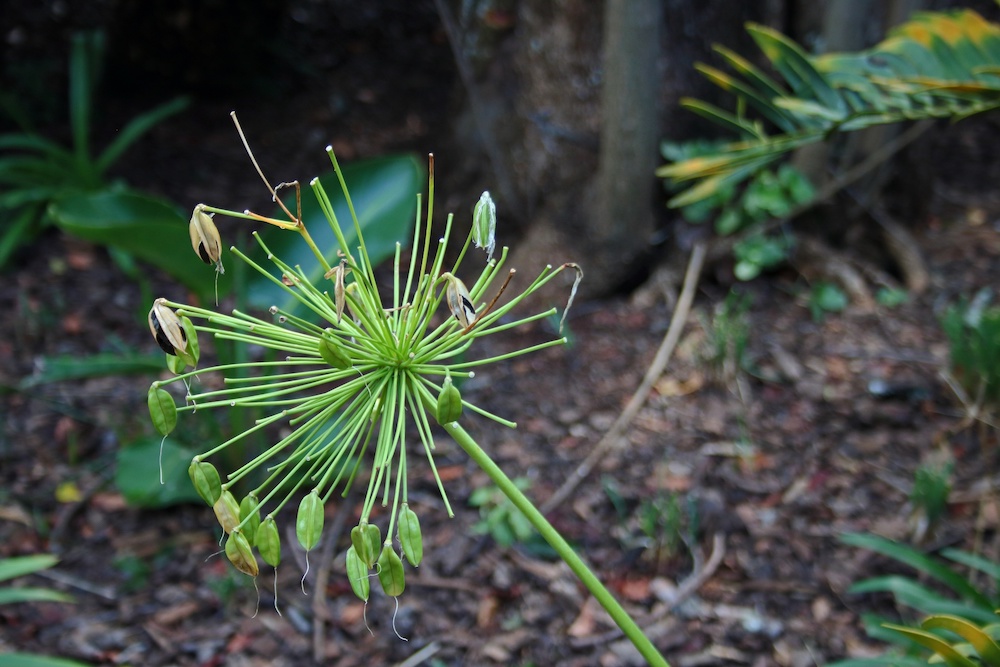
Understanding Agapanthus’s Growth Pattern
Characterised by its strappy leaves and clumping habit, agapanthus grows in tight groups or clusters with close nodes (the points on a stem where leaves, branches, roots, and flowers grow). This clumping tendency makes agapanthus an excellent choice for creating lush borders or dramatic focal points in a garden.
Before we proceed, it’s important to differentiate between flower stems (or umbels) and the plant stem to which the leaves and flower stalks are attached, also called a “rhizome”. These are two distinct parts of the plant that we’ll be discussing.
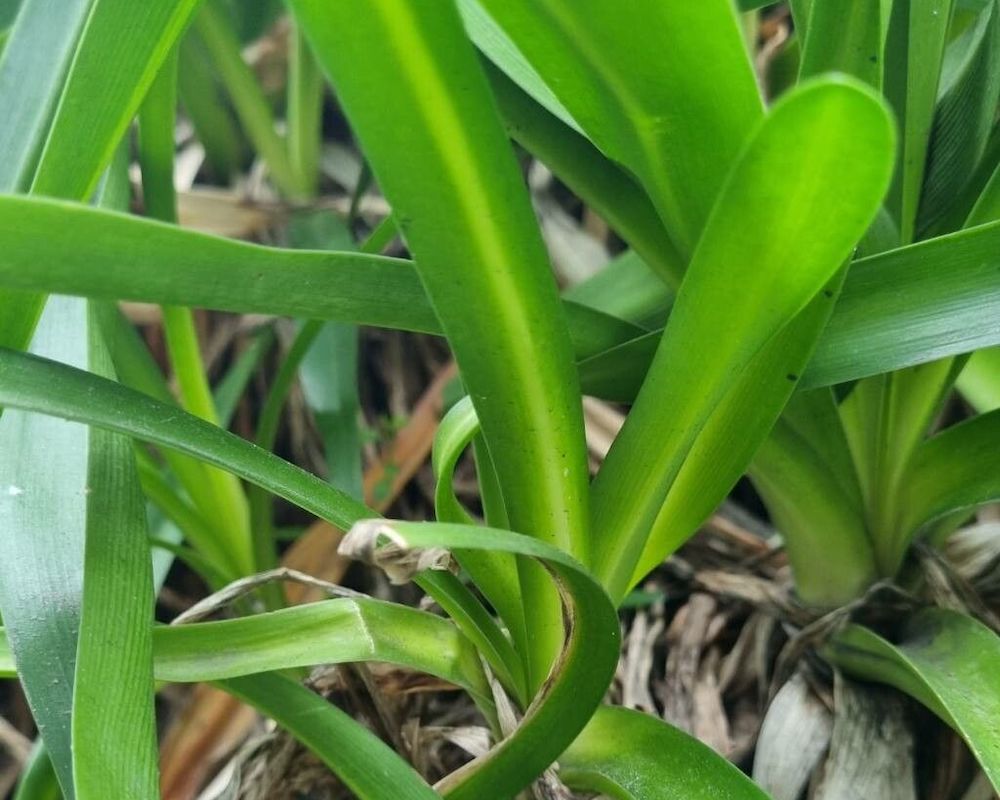
The Right Tools for Cutting Back Agapanthus
Before we dive into the nitty-gritty of cutting back Agapanthus, ensure you have the right tools at hand. A pair of sharp, clean secateurs is typically sufficient for managing these robust plants.
For larger clumps, you might find a pruning saw or even a spade useful. Remember, it’s essential to keep your tools clean and well-maintained. Dirty or blunt tools can introduce disease to your plants and cause more harm than good, so always clean your tools before use, and sharpen them regularly to ensure clean cuts.
How to Prune Agapanthus Plants: A Step-by-Step Guide
Pruning agapanthus plants doesn’t have to be a daunting task. Here’s a simple step-by-step guide on how to do it effectively:
- Safety first: Before you begin, remember to put on your leather gardening gloves to protect your hands. You never know what’s hiding in that dense growth, especially if your plants are on the nature strip or a public park. The sticky sap is mildly annoying but unlikely to irritate skin unless you have an allergy. It’ll certainly make your clothes dirty, though!
- Remove the old spent flowers: Using your secateurs, cut off the spent flower heads. Make your cut as close to the base of the stalk as possible without disrupting the rhizome’s growing tip. This is best done with a pair of sharp, clean secateurs.
- Remove old leaves: Remove old, yellow or brown leaves by hand. If new growth is looking yellow, your plants could be suffering from some sort of disease or abiotic source of stress.
- Trim the rhizomes (optional): When the plant’s stems get longer with age, they can start to encroach onto parts of the garden they don’t belong. You can cut rhizomes back to the desired length before the growing season, in late winter or early spring. Keep in mind the natural size of the leaves and cut a bit further than where you’d like the mature leaves to grow back to.
- Clean up: Dispose of the cut material by composting it or putting it in your green waste bin. Dry leaves count as brown composting material, whereas yellow/green leaves and juicy plant parts count as green material.
Can You Cut Agapanthus to The Ground?
Agapanthus plants are pretty resilient as we’ve discussed in this article, so they’re likely to bounce back if you accidentally mow over them, or you decide you need to cut them at the ground level for whatever reason.
While it can be tempting to cut agapanthus right back to the ground to keep them “neat and tidy,” it’s generally recommended you avoid doing so unless you have a specific purpose. Not because they can’t tolerate it, but because they look more beautiful when you respect their natural shape.
Pruning them to the ground in late winter or early spring gives them a chance to bounce back in time for the growing season.
Can You Cut Back Agapanthus Leaves and Dead Foliage?
Agapanthus leaves can be pulled off at the stem if they’re dead, damaged or diseased, but healthy leaves can be left alone for best practices.
A lot of gardeners hedge prune agapanthus foliage off a pathway. Aggies can tolerate this, but a lot of horticulturists feel they look much nicer to let them cascade over the path naturally to soften the straight lines.
If they’re encroaching too far, consider removing the front layer of plants by the rhizome to push them back instead of constantly hedge pruning leaves.
Or, alternatively, replace them with something that suits the space better. There are small varieties of agapanthus that may fit, or consider another strappy plant like a dwarf allium, which is in the same family Amaryllidaceae.

Do You Cut Agapanthus After Flowering? Early Spring to Autumn
One of the most common questions gardeners ask about growing agapanthus, is whether they should be cut back after flowering. The answer is a resounding yes.
Pruning agapanthus dead heads at the base after they’ve flowered helps promote healthier plants and more abundant future blooms. This is because removing the old flowers stops the plant from putting energy into seed production, directing it towards new growth that benefits the plant’s health and beauty.
It also prevents their weedy seeds from growing elsewhere in your garden, or worse, the natural environment.
How Can You Remove Agapanthus From The Garden?
Because of their hardy stems and root system, once established agapanthus plants can be hard to kill. If you’re trying to get rid of them, consider using a herbicide like glyphosate on the freshly cut stems.
You only have seconds to put the herbicide on fresh cuts before the plant seals those cuts off and the herbicide won’t enter the plant’s vascular system. Always read the label and use the correct precautionary methods whenever using any herbicide.
Common Mistakes to Avoid When Cutting Back Agapanthus Plants
Even the most experienced gardeners can make mistakes when pruning agapanthus. Here are a few common errors and how to avoid them:
- Pruning at the wrong time: As mentioned earlier, agapanthus stems (or rhizomes) should ideally be pruned in late winter or early spring. Pruning at other times can interrupt the plant’s growing cycle and prevent your plants from blooming. However, flower stems can be pruned at any time, with the best time being immediately after the flowers die in spring, summer and early autumn.
- Using blunt or dirty tools: This can lead to jagged cuts and increase the risk of disease transmission. Always ensure your tools are sharp and clean before you start pruning, and choose the right tool for the right job.
- Ignoring unhealthy, diseased or pest-infested plants: If your agapanthus is diseased or infested with pests, take care of these issues before you start pruning to prevent spreading the problem to healthy parts of the plant or other plants. Healthy plants respond better to pruning, so give them a drink a day or two before a hard prune if they look thirsty.
Caring for Your Agapanthus Post-Pruning
After a hard prune, your agapanthus plants could do with a little extra care to recover and thrive. Here are some tips:
- Watering: Ensure your agapanthus is well-watered after pruning, but take care not to overwater the plant, as this can lead to root rot. While they’re drought-tolerant, they do require water to thrive just like all plants.
- Fertilising: A slow-release fertiliser applied after pruning can provide your agapanthus with the nutrients it needs to grow strong and healthy.
- Monitoring plant health: Keep an eye on your plant post-pruning to catch any potential plant health issues early. Look out for signs of disease or pest infestation, as well as any changes in leaf colour or growth rate.
In terms of regrowth, you can expect to see new shoots appearing a few weeks after pruning, with flowers usually appearing in the warmer months.
Weed Potential of Agapanthus
Agapanthus species can be considered invasive, depending on your garden’s climate, soil and seed dispersal vectors, such as rivers and high winds. Their seeds can travel long distances under the right conditions. That’s why it’s important to be a responsible gardener when planting them.
Opt for varieties with less fertile seeds or prune seed heads before the seeds turn black and hard. Choose named varieties of Agapanthus as most have been grown from division or tissue culture and tend to have less seed set, whilst seed-grown types have been bred for high seed production, so they seed their heads off.
While growing plants from seed can be rewarding, less maintenance of weeds is a good reason to pick a cultivated and named variety like those discussed in the article above.
Daniel’s Wrap
Cutting back agapanthus may seem complex, but with an understanding of the plant’s growing habit, as well as the right tools, timing, and techniques, it’s a task that can easily be mastered. Whether you’re pruning seed heads and removing spent flowers, or you’re cutting back healthy growth to simply remove plants because they’ve become too large, this guide will help you get the most from your agapanthus plants.
Agapanthus plants are quite hardy and can tolerate heavy pruning, and your plants will bounce back stronger than ever provided you do it at the right time with the right care. However, unless you want agapanthus seedlings emerging from every nook and cranny (especially for seed-grown types), you may wish to remove spent heads to prevent seeds from being scattered across the garden.
By avoiding common pruning mistakes and providing your agapanthus with post-pruning care, you’re setting the stage for a vibrant and healthy plant. We hope this expert guide has provided you with the knowledge and confidence to prune your agapanthus plants effectively.
We encourage you to apply the advice provided and enjoy the benefits of well-maintained agapanthus in your garden or landscaping projects.

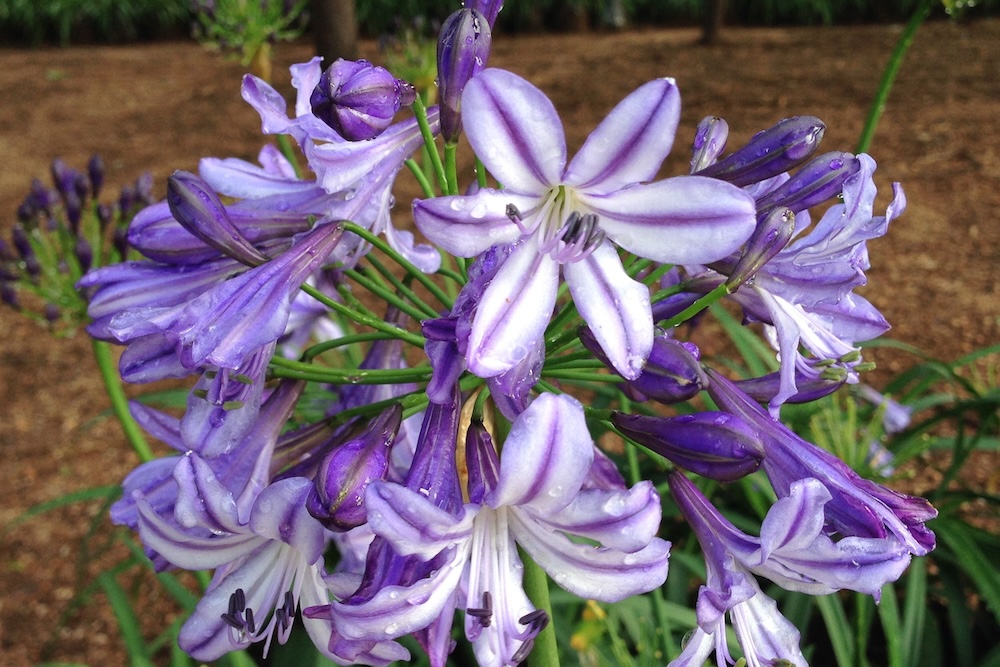
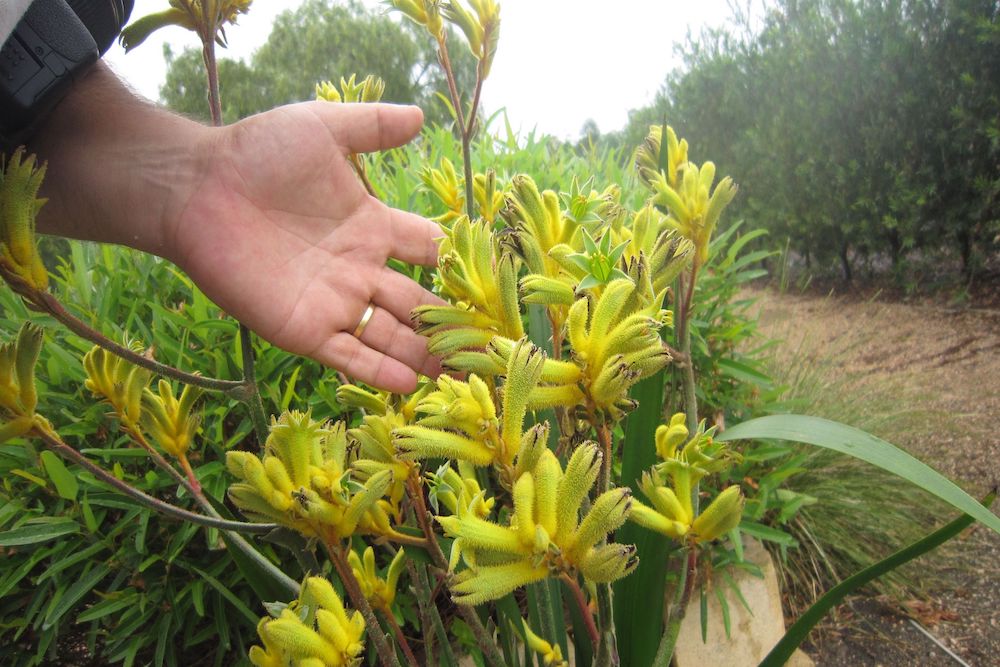
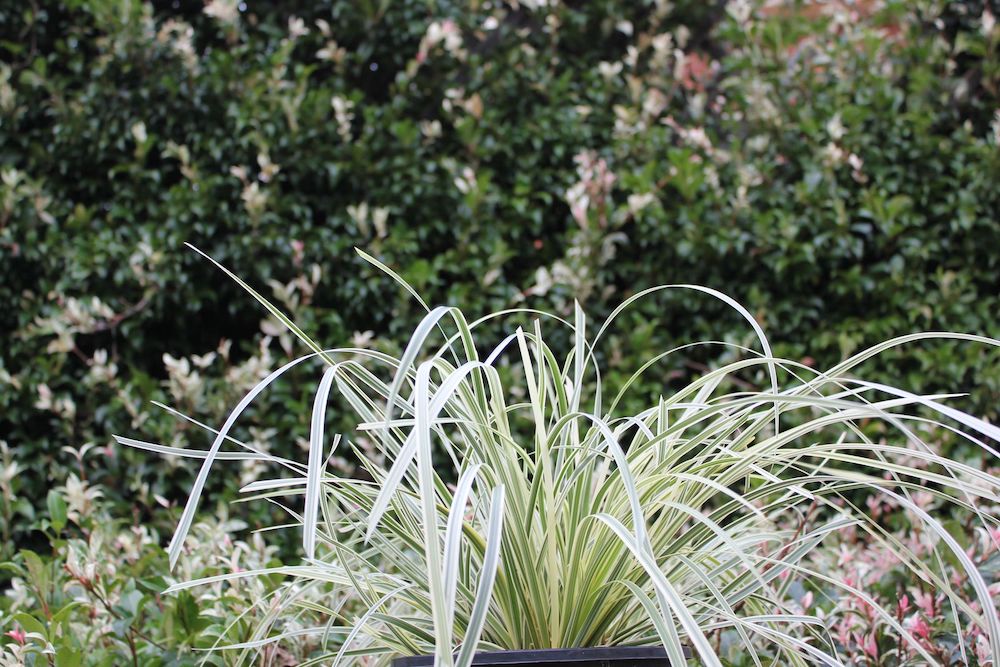
This Post Has 0 Comments